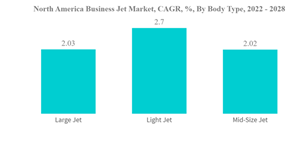Under U.S. Trade Representative (USTR) Katherine Tai, the USTR is a diminished version of its former self, and may actually be harming the U.S. economy and American business.
On March 28, the Office of U.S. Trade Representative (USTR) released its annual National Trade Estimate Report on Foreign Trade Barriers–a long and often technical document that usually gets little fanfare. However, this year, the report referred to the “sovereign right” of all governments to “govern in the public interest.” That would allow governments to erect tariffs and other trade barriers if they asserted a public interest in doing so–a major pivot for USTR.
That astonishing move is part of a larger pattern emerging in the Biden Administration, which has adopted an approach to trade policy that goes against traditional U.S. foreign policy.
The USTR may simply be embracing a protectionist posture that supports the administration’s “Buy America” agenda. But in turning inward, the agency is abandoning the thousands of American businesses that fuel some $250 billion in goods and services trade beyond our borders. In short: the agency seems to have forgotten the “U.S.” in USTR.
The most recent decision follows a similarly baffling decision by USTR to withdraw support for crucial digital trade provisions at the World Trade Organization (WTO). These proposals–supported both by prior USTRs and many of our global allies–aimed to protect cross-border data flows, prohibit data localization mandates, and safeguard intellectual property. They advance the principles of fair trade and open markets that the U.S. has long championed, and that our innovation economy was built on. In backing away from them, the U.S. approach now resembles those of countries like China, and risks legitimizing authoritarian practices that hurt innovation and undermine fair competition.
The justification for this abrupt policy reversal is flimsy at best. Claims that
















